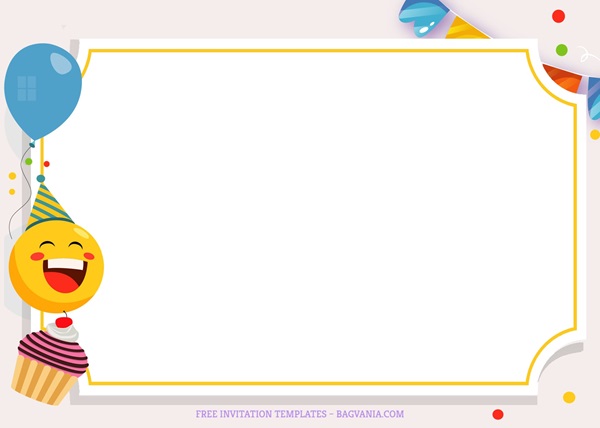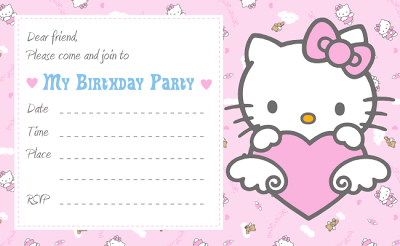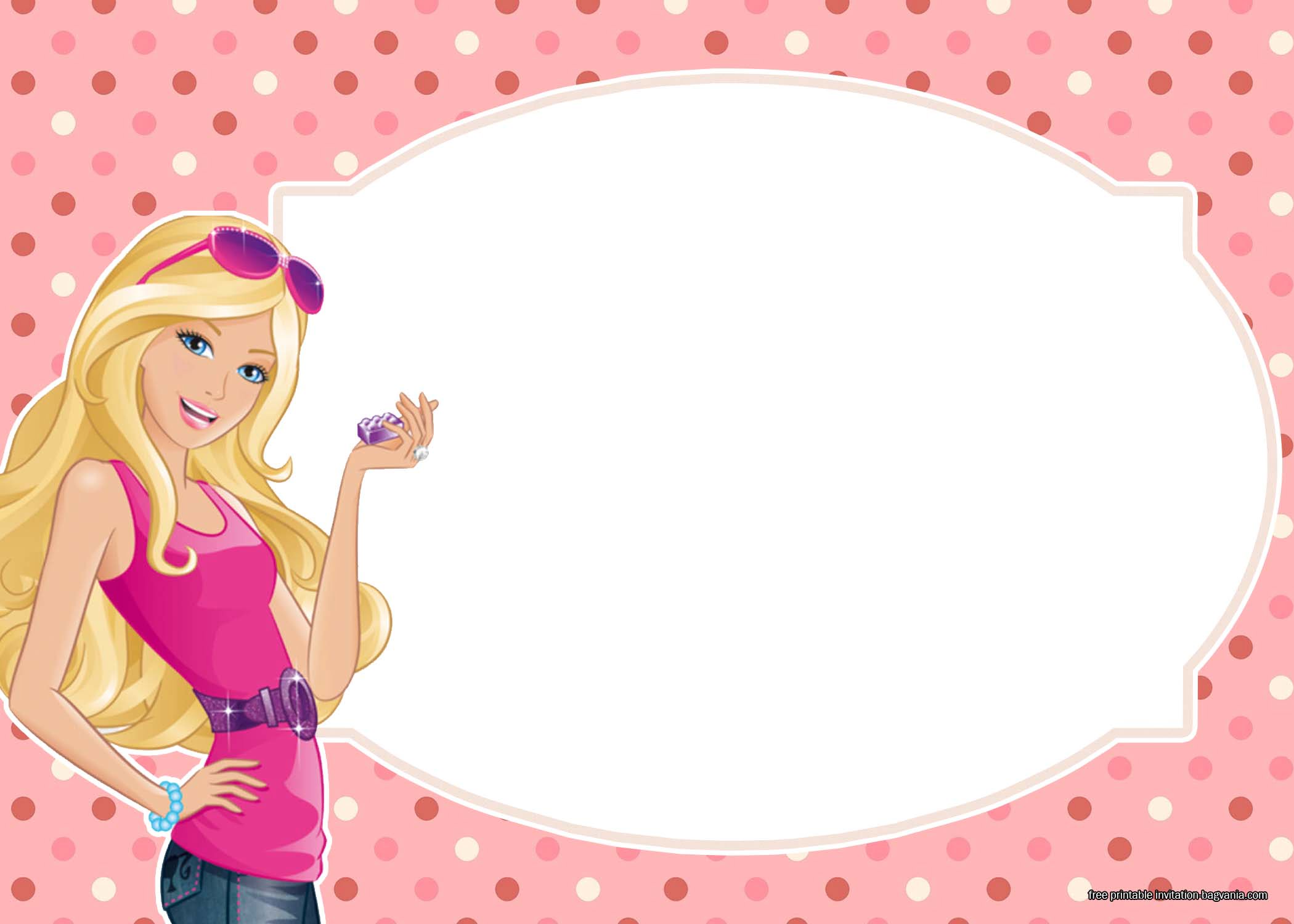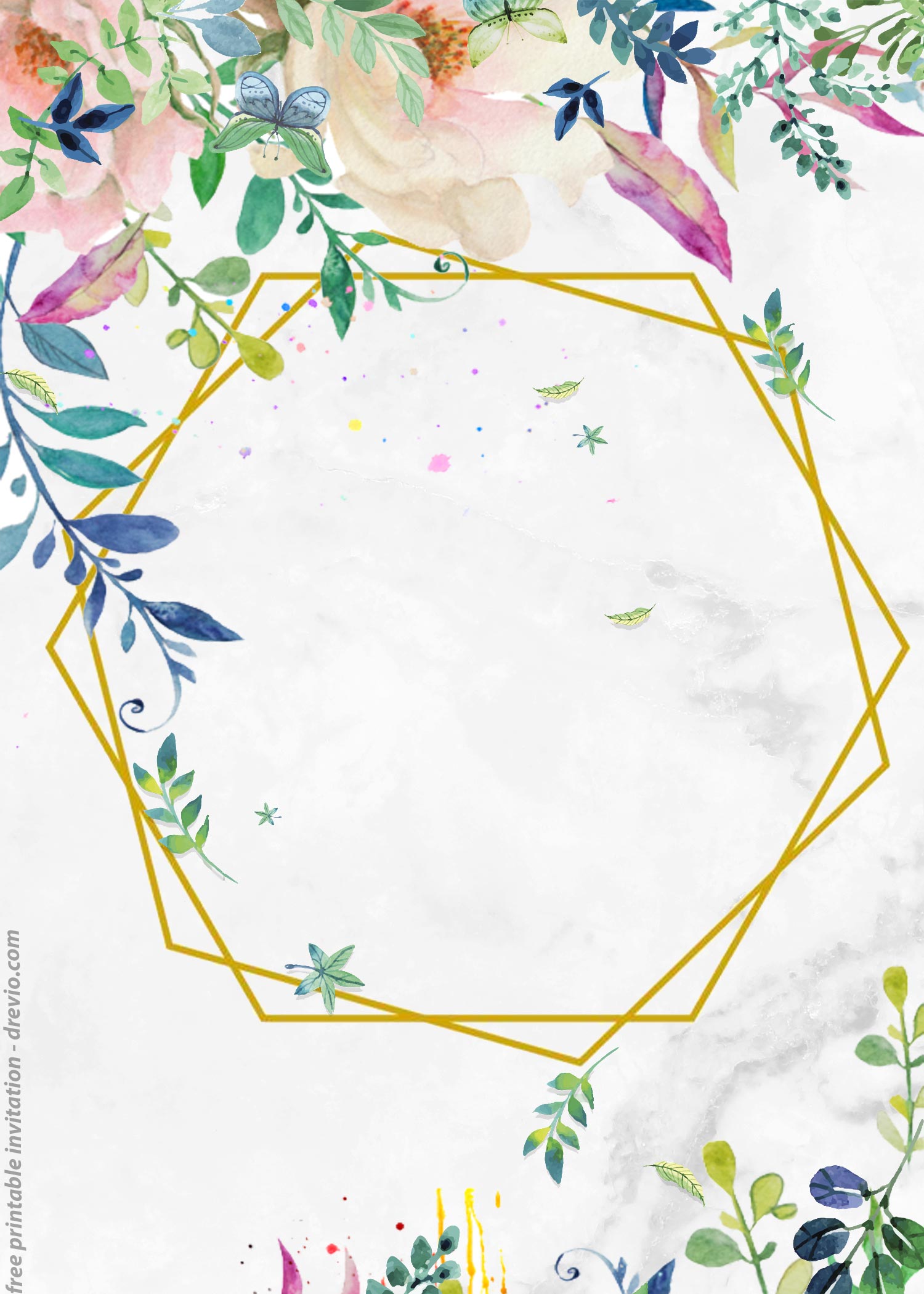Drawing activities for children are not only a source of great fun but also a wonderful way to inspire creativity and self-expression. Whether it’s picking up a crayon, pencil, or marker, children naturally love to draw, and giving them engaging activities like step-by-step drawing, mirror drawing, and imaginative prompts makes the experience even more exciting. These drawing activities spark curiosity, fuel artistic passion, and give children the opportunity to bring their ideas to life on paper. They also encourage patience, focus, and decision-making as children think about what to draw, how to draw it, and what details to include.
Beyond creativity, drawing plays an important role in early development. It strengthens fine motor skills, hand-eye coordination, and spatial awareness, all while helping children build confidence in their abilities. These activities are flexible and can be enjoyed solo, with siblings or friends, in classrooms, or as part of a fun party setup. Whether a child is carefully following a drawing guide, completing the other half of a mirror image, or letting their imagination run wild with a prompt, they are learning and growing while having a fantastic time.
Benefits of Drawing Activities for Children
For parents and caregivers, activities are usually something to keep the children occupied. However, activities for children, including drawing activities, actually carry a lot of benefits that help boost their development in so many different ways. Here are some of the key benefits of drawing activities for children:
- Boosts Creativity
Drawing allows children to explore their imagination and come up with original ideas. It encourages them to think visually and express stories, characters, or scenes from their own perspective.
- Enhances Fine Motor Skills
Using pencils, crayons, or markers strengthens the small muscles in the hands and fingers. This supports better control for tasks like writing, buttoning clothes, and using scissors.
- Improves Hand-Eye Coordination
Drawing helps children match their hand movements to what they see on paper. This improves coordination needed for activities like writing, sports, and playing instruments.
- Develops Focus and Patience
Completing a drawing teaches children to stay focused and work through each step with care. It helps build attention span and perseverance.
- Encourages Self-Expression
Drawing gives children a way to express emotions, thoughts, and experiences visually. It can be especially helpful for those who find it hard to put feelings into words.
- Strengthens Visual Thinking
Activities like mirror drawing help children understand symmetry, shapes, and spatial relationships. This strengthens skills useful in reading, math, and puzzles.
- Builds Confidence
Finishing a drawing gives children a sense of pride in their work. Sharing their creations boosts self-esteem and encourages continued creativity.
- Promotes Problem-Solving
Children often make decisions about how to complete or fix a drawing. This fosters creative thinking and adaptability.
- Supports Early Writing Skills
Drawing develops hand control and precision needed for forming letters. It’s a fun and interactive way to build the foundations for learning to write, a skill that children will learn at kindergarten or primary school.
- Fosters Social Interaction
Group drawing activities encourage sharing, conversation, and collaboration. This is such a great way for children to learn to appreciate each other’s work and ideas.
Drawing Activities
While there are so many amazing drawing activities that you can find online, here are three types of drawing activities where your children can start their drawing journey. These activities are designed especially to encourage children to start drawing, exploring visual art and channeling their creativity. And not to mention that these activities are perfect for children of all ages.
1. Step-by-Step Drawing
Step-by-step drawing activities are a great way to help children gain confidence in their artistic abilities. By breaking down complex images into simple, easy-to-follow steps, children learn how to observe shapes, lines, and proportions. This approach makes drawing feel achievable, even for beginners, and gives children a sense of accomplishment as they build a complete picture one part at a time. You can start by heading to kiddoworksheets.com, their step by step drawing worksheets are simple and fun to follow.


These activities also teach children to follow sequences and pay attention to detail, which strengthens focus and problem-solving skills. They’re ideal for both individual quiet time and group instruction, making them perfect for classrooms, homeschool settings, or creative playdates. With a variety of subjects to choose from—like animals, vehicles, or seasonal items—step-by-step drawing keeps kids engaged and encourages them to keep exploring their creative potential.
2. Mirror Drawing
Mirror drawing challenges children to complete the missing half of an image as if reflecting it in a mirror. This activity is both fun and mentally stimulating, as it requires careful observation and spatial thinking. Children learn to visualize symmetry and balance while practicing hand control and attention to detail.
Mirror drawing is a wonderful way to introduce basic geometry and visual reasoning in a playful, artistic context. It’s especially effective in helping children strengthen their understanding of shapes and patterns. Whether used as a calming solo activity or a lighthearted competition at a party, mirror drawing keeps kids thinking and creating while having fun. You can have fun with your children trying these mirror drawing activity worksheets from woojr.com.


If your children need more guidance in this mirror drawing activity, you can also go for worksheets that provide grids. Grids are a useful tool to help children with visual perception, making it easier for them to gauge length, size or distance for each line that they draw.

3. Drawing Prompts
Drawing prompts are open-ended activities that encourage children to use their imagination to complete a picture or respond to a creative suggestion. A prompt might start with a partial image—like the top of a monster or the outline of a spaceship—and invite the child to finish the rest. Other times, it could be a fun idea like “Draw what’s inside a treasure chest” or “Imagine a new kind of pet.” These activities inspire storytelling through art and help kids express their thoughts visually.
Because drawing prompts have no right or wrong answers, they’re excellent for boosting creative confidence. Children learn to make decisions, take risks, and explore their ideas freely. Prompts can be used in a variety of settings—from independent drawing time to group sessions where everyone shares their unique interpretations. They’re also great icebreakers at parties, encouraging laughter and imaginative conversations.


Incorporating Drawing Activities at Parties or Playdates
Drawing activities are a fantastic addition to parties, playdates, and other group settings. They’re simple to set up—all you need are some paper and drawing tools—and they suit a wide range of ages and skill levels, making them inclusive and stress-free for everyone involved. Drawing also encourages creativity and conversation, as children love to share their artwork, exchange ideas, and tell imaginative stories about what they’ve created.
These activities work especially well as icebreakers, helping children bond through shared creative experiences. They can be easily adapted into games or friendly contests—like a mirror drawing challenge or a mini art gallery showcasing everyone’s step-by-step creations. Drawing also offers a calm, focused break during high-energy events, giving children a chance to relax and express themselves. Best of all, their finished artwork makes a special keepsake to take home, serving as a fun and personal reminder of the day.
If you need some ideas and tips on how to incorporate drawing activities into your children’s party or playdate, here are three fun and simple ways on how to do so:
- Set Up a “Draw & Display” Art Station
Create a drawing corner with step-by-step guides, drawing prompts, blank paper, and coloring supplies. Encourage kids to draw freely or follow the guides, then hang their finished art on a “party gallery wall” or string them up with clothespins for a fun display everyone can enjoy during the event. - Host a Themed Drawing Challenge
Choose a party theme—like jungle animals, outer space, or unicorns—and give children a drawing prompt or mirror drawing page based on that theme. You can make it more exciting with a friendly art contest, giving small prizes for “most creative,” “funniest,” or “most detailed” drawings. Everyone’s a winner when it’s about creativity! - Group Drawing Game: Pass the Picture
Start with a simple shape or squiggle on a paper, then have kids take turns adding something to the drawing. After a few rounds, you’ll end up with a silly, collaborative masterpiece. This activity brings lots of laughs and is a great way to build teamwork and spark spontaneous creativity.
Free Invitation Templates
To make your drawing-themed party or playdate even more special, consider using custom invitation templates that match the creative vibe of the event. Whether you’re planning a step-by-step drawing session, a mirror drawing challenge, or a fun prompt-based activity, themed invitations set the tone and build excitement. You can choose from colorful, kid-friendly designs featuring pencils, paint splashes, doodles, or characters that match your party theme. These invitations can be printed or sent digitally, and many templates allow you to personalize the text with your event details. Sharing these creative invites adds a thoughtful touch and gets children looking forward to a fun and art-filled celebration, so start by heading to these links below:
- 10+ Artistic Geometric Shapes Birthday Invitation Templates
- 18+ Cute Hare with a Carrot Baby Shower Invitation Templates
- 8+ Funny Emojis Birthday Invitation Templates

Final Thoughts
Drawing activities offer a perfect balance of fun and learning, giving children the chance to express themselves while building important skills. Whether they’re carefully following steps, completing the other half of an image, or finishing a drawing prompt with their own ideas, each activity encourages creativity, focus, and confidence. These experiences support fine motor development, visual thinking, and storytelling—all through the simple joy of putting pencil to paper.
Best of all, drawing is a flexible activity that fits seamlessly into everyday routines, classrooms, or special occasions like parties and playdates. It can be a calming solo experience or a lively group event filled with laughter and imagination. No matter the setting, drawing activities help children grow artistically and socially while having a great time. With just a few supplies and a little inspiration, you can spark a love of art that keeps children engaged, expressive, and proud of what they create.































